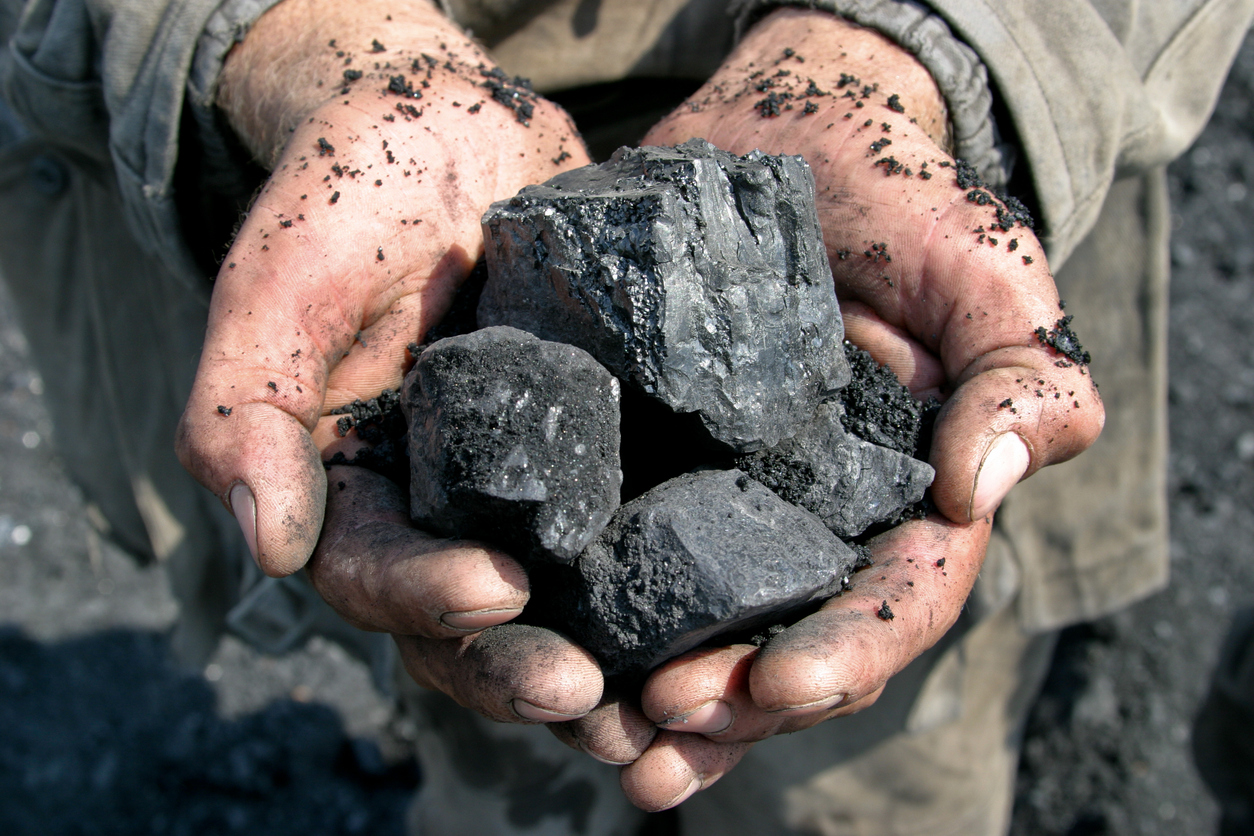It’s known as one of the greatest disasters to strike Ladysmith, and marked the beginning of new legislation for working in coal mines and formalized mine rescue in BC.

On Oct. 5, 1909, the No. 2 west mine at Extension exploded, resulting in the loss of 32 lives.
As a result of the explosion, the government launched an investigation to determine cause, as well as to put together recommendations for how to move forward. Investigators included James Ashworth, general manager of operations for the Crows Nest Pass Coal Company in Fernie, William Fleet Robinson, provincial mineralogist, and Francis H. Shepherd, chief inspector of mines. The investigation took place from Oct. 13 to 16, but the first priority was to recover the bodies of the fallen mine workers and restore ventilation to the mine.
It took two days to clear away the debris and bring out the bodies. The only survivor of the explosion was Bess, a bay mule. Only one death was contributed to the explosion itself, and the investigation determined the other mine workers died from carbon monoxide poisoning.
The Extension mine was not considered “gassy,” and was deemed safe as far as mines go. There had been a cave in another part of the mine that morning, before the explosion, and two of the three investigators cited that this cave could have caused enough of a change in pressure to ignite the minimal amount of gas in the mine to explode. In reality, the exact cause of the explosion will never be known for sure.
The explosion in the Extension mine, as well as three separate gas explosions at Carbonado Colliery in Morrissey, were the contributing factors that pushed politicians to rewrite the Coal Mines Regulation Act. The new version of the Act mandated, among other things, mine rescue stations around the province, marking the beginning of formalized mine rescue in BC.

